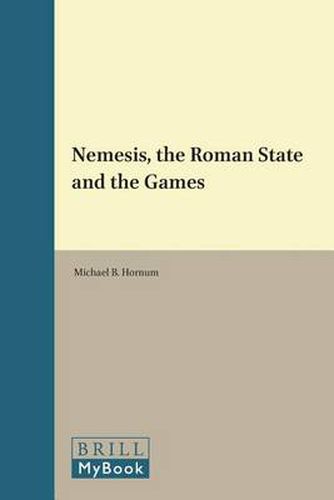Readings Newsletter
Become a Readings Member to make your shopping experience even easier.
Sign in or sign up for free!
You’re not far away from qualifying for FREE standard shipping within Australia
You’ve qualified for FREE standard shipping within Australia
The cart is loading…






Although Nemesis was already revered in Archaic Greece, the main evidence for worship comes from the Roman Principate. During this period two important facets of the cult were the association of the goddess with the state, and her presence in agonistic contexts. This study explores these aspects, discerning a possible connection between them. The author begins by discussing the origin and background of the goddess. He then clarifies the ways in which the goddess was enlisted into the service of the Roman emperor and state. Finally, he explains the presence of the goddess almost exclusively at the Roman Munus and Venatio as derived from the function of such games to express the proper order of society. Representing a re-evaluation of the place of Nemesis in the Roman world, this work also provides a corpus of epigraphic, literary and iconographic evidence for the goddess.
$9.00 standard shipping within Australia
FREE standard shipping within Australia for orders over $100.00
Express & International shipping calculated at checkout
Although Nemesis was already revered in Archaic Greece, the main evidence for worship comes from the Roman Principate. During this period two important facets of the cult were the association of the goddess with the state, and her presence in agonistic contexts. This study explores these aspects, discerning a possible connection between them. The author begins by discussing the origin and background of the goddess. He then clarifies the ways in which the goddess was enlisted into the service of the Roman emperor and state. Finally, he explains the presence of the goddess almost exclusively at the Roman Munus and Venatio as derived from the function of such games to express the proper order of society. Representing a re-evaluation of the place of Nemesis in the Roman world, this work also provides a corpus of epigraphic, literary and iconographic evidence for the goddess.